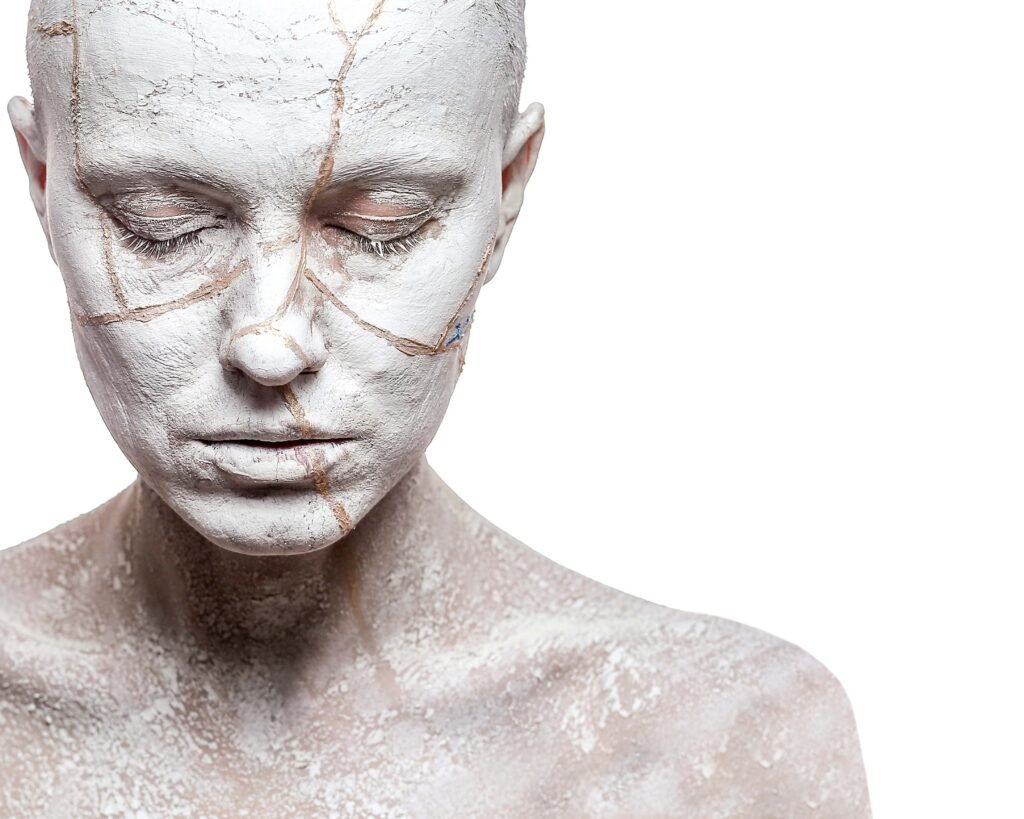Perfectly imperfect
Share to:

Recently I have been contemplating perfectionism. What exactly is it and why can we let it undermine us and stand in the way of sharing ourselves and our gifts with the world?
Perfection is described as the state or quality of being perfect OED (Oxford English Dictionary), and when healthy, perfectionism can be a very good thing. It can drive us to pursue our passions and to overcome difficulties. When unhealthy, it can keep us stuck in a repetitive cycle of self-defeating thoughts. To understand perfection fully we need to take look at its opposite, imperfection. What does it mean to be imperfect? The OED describes imperfection as a fault, blemish or an undesirable feature. So the real question is, who defines what is undesirable? The very thing that one person finds unattractive may be the very thing arouses interest in another. It is a subjective experience making the pursuit of perfection an impossible venture.
Since 1997 and the explosion of social media, it has become increasingly difficult to avoid what looks to be the “ideal” life. We compare ourselves to others who seem to have the perfect houses, clothes, confidence, car, muscles, money and the list goes on. But what makes these individuals unique, and is it really real? When using social media, it is common to display an edited and filtered version of ourselves. We often don’t show the challenges that we face in day-to-day life, the bills we have to pay or the wrinkles that are emerging on our once youthful skin. Comparing ourselves to this falsehood creates and unrealistic point of reference that can have potentially damaging effects upon our self-worth and emotional wellbeing.
“I think perfectionism is just fear in fancy shoes” – Elizabeth Gilbert, Big Magic: Creative Living Beyond Fear
In earlier years, perfectionism would often stop me in my tracks. I allowed fear to sabotage my growth. My inner dialogue filled with can’ts and shouldn’ts and I was constantly telling myself stories about how I would never be able to accomplish the things that I had dreamt of, and I often beat myself up over personality traits that I had perceived to be character flaws. It was my perception that was flawed, not my character. And perfectionism is what had me frozen in time, making it impossible for me to move into being seen for who I truly was.
The Japanese art of Kintsugi celebrates the beauty of imperfection. When a pot breaks it is not simply rejected and thrown away. The broken pieces are carefully placed back together and bonded with gold, thus creating a unique and beautiful piece of art that has become far more interesting following its repair. Imagine for one moment, if humans, like crockery, came off a conveyor-belt and were mass produced in a superstore, all lined up one by one, sitting neatly on a shelf. Would they catch your eye? Kintsugi reminds us that we can heal from our wounds, embrace our imperfections and gain strength from our experiences. Carefully placing my pieces back together, and learning to accept the messy and somewhat quirky parts of my personality, I have come to realise that the characteristics that I had once rejected, have added some pretty interesting features to my perfectly, imperfect self.
“Perfection is the willingness to be imperfect” – Lau Tzu
Like nature, true perfection is to show up as your unedited self, embracing your twists, turns, jagged edges and ruffled feathers, adapting to the environment and growing through your experiences. When we become one with the crooked landscape that stretches across the sunset, we integrate with the truth of imperfect beauty. Learning to challenge your thought patterns and exercising mindfulness will assist with taming the perfectionist within. When heading outside in the near future, take a moment, sit or walk in peaceful surroundings, breathe into the raw irregularity of the environment and above all, practice self-compassion. We are all fallible humans doing the best we can with the tools that we have been given.
Anna Roters
**Special appreciation to Prema for proofreading this piece.**
Ready to stop letting perfectionism keep you frozen?
Join The Constellation for weekly nervous system education and practices that honour your perfectly imperfect self.






